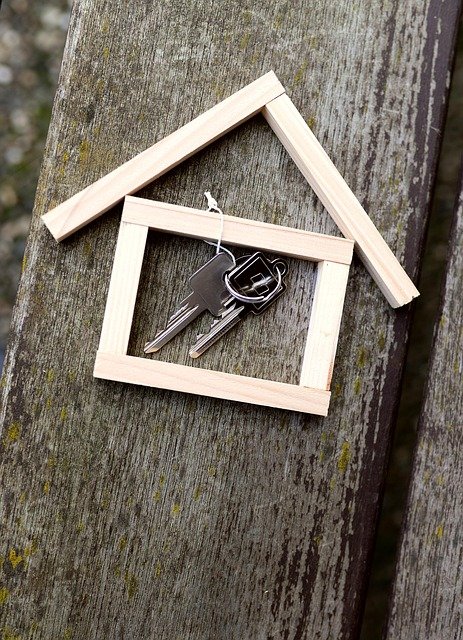A practical guide to purchasing a front door
A front door is more than just an entrance, it’s about style, security and investment value. Whether you’re building a new home, upgrading an existing property or replacing a worn-down door, understanding the nuances of price, material and functionality is vital. This guide breaks down everything you need to know about buying a front door, from budget-friendly options to high-end choices, to ensure you make an informed decision.

What materials are available for front doors?
When it comes to front doors, material matters significantly. The most common options include wood, fiberglass, steel, and composite. Each material has its own set of advantages and price points:
-
Wood: Classic and versatile, wood doors offer natural beauty and insulation. They can be expensive and require regular maintenance.
-
Fiberglass: Durable and low-maintenance, fiberglass doors can mimic wood grain and are energy-efficient. They’re mid-range in price.
-
Steel: Strong and secure, steel doors are cost-effective and low-maintenance. However, they can dent and may not offer the same aesthetic appeal as wood or fiberglass.
-
Composite: Made from a combination of materials, composite doors offer durability, security, and energy efficiency. They’re often in the mid to high price range.
How do I choose the right size and style for my home?
Selecting the right fit in terms of size and style is crucial for both functionality and curb appeal. Consider these factors:
-
Measurements: Accurate measurements are essential. Most standard front doors are 80 inches tall and 36 inches wide, but custom sizes are available.
-
Style: Choose a style that complements your home’s architecture. Options range from traditional paneled doors to modern designs with glass inserts.
-
Colour: Select a colour that enhances your home’s exterior. Bold colours can make a statement, while neutral tones offer versatility.
-
Hardware: Don’t forget about handles, knockers, and letter plates. These details can significantly impact the overall look of your door.
Why should I consider sustainability and longevity?
In today’s environmentally conscious world, sustainability and longevity are important considerations when purchasing a front door. Look for doors made from sustainable materials or those with high energy efficiency ratings. Longevity is also crucial – a well-made door can last for decades, reducing the need for replacements and minimizing waste.
What should be on my final checklist before buying?
Before making your purchase, ensure you’ve considered the following:
-
Security features: Look for multi-point locking systems and robust frames.
-
Energy efficiency: Check for proper insulation and weatherstripping.
-
Warranty: Understand what’s covered and for how long.
-
Installation: Factor in professional installation costs if you’re not DIY-savvy.
-
Maintenance requirements: Consider the long-term care needed for your chosen material.
How can I balance aesthetics and practicality?
Finding the right balance between aesthetics and practicality is key to satisfaction with your front door purchase. While you want a door that looks great, it must also serve its primary functions of security and insulation. Consider doors with decorative glass panels for added light without compromising on security. Look for designs that offer both visual appeal and practical features like peepholes or smart locks.
What are the price ranges for different door types?
When it comes to pricing, front doors can vary significantly based on material, style, and features. Here’s a comparison of common door types and their estimated price ranges in the UK:
| Door Type | Material | Estimated Price Range |
|---|---|---|
| Wooden | Solid Oak | £500 - £3,000 |
| Composite | GRP/uPVC | £600 - £2,500 |
| Fiberglass | Fiberglass | £700 - £2,000 |
| Steel | Steel | £300 - £1,500 |
| uPVC | uPVC | £250 - £1,000 |
Prices, rates, or cost estimates mentioned in this article are based on the latest available information but may change over time. Independent research is advised before making financial decisions.
These prices typically include the door itself and basic hardware but may not include installation costs, which can range from £200 to £500 depending on complexity and location. High-end or bespoke doors can exceed these ranges, potentially costing £5,000 or more.
When choosing a front door, consider not just the upfront cost but also long-term factors such as energy efficiency, maintenance requirements, and potential impact on home value. A well-chosen front door is an investment that can enhance your home’s security, energy efficiency, and curb appeal for years to come.
Remember, while price is an important factor, it shouldn’t be the only consideration. The right door for your home will balance cost with quality, style, and functionality to meet your specific needs and preferences.




